You’ve taken the first step in your food blog empire: creating the food blog. But to build a following, you’ve got to transform your blog into a brand. What’s the difference? A blog on its own is a collection of posts and recipes. There are hundreds of thousands of them, most doing about the same thing. A brand is a unique, unified entity geared towards condensing all of the values of a blog (or product or service) into a few memorable elements.
Name
The name of your food blog is one of its most important features. It not only identifies your blog, but it also sets the stage for its tone, voice, and style. It’s advisable to choose a name that indicates the nature of your blog in some way so that potential readers know right away what they’re getting into. The blog name Dig in with Dana introduces our friend, a talented food blogger, but Dana’s choice of the more colloquial “dig in” also makes readers feel right at home, like they don’t have to stand on ceremony.
URL
If at all possible, your URL should mirror your food blog’s name to make it easier for your audience to find and remember your site. It’s a good idea to choose the name and the URL in one go rather than getting your heart set on a name only to discover that it’s already been taken. You should also make sure that smooshing the entire blog name together into a URL doesn’t create an unfortunate domain name.
Theme
Your blog’s theme is its general appearance and layout, and it should be consistent across the site. You don’t want your audience to feel confused as they move from your Home page to a Recipe page, and changing elements of your theme drastically – whether it’s the placement of navigation, a sidebar, or predominant colors – between pages will do just that.
Notice how the theme of Dana’s food blog remains consistent from one page to the next, eliminating confusion and maintaining a sophisticated style throughout.
Color
Choose a maximum of three colors that feel representative of your brand. You may want to consider the psychology of color as you decide. Red and orange both stimulate the brain, which has the potential to pique hunger. Green is associated with good health and naturalness, making it an excellent choice for a food blog focused on specialty health diets.
You may choose to integrate multiple colors throughout your blog as Dane has done in her header, but notice that she has selected a vibrant orange and a complementary mint green as the predominant, unifying colors on each page of her site. The other colors are part of the design, but they don’t overwhelm the site’s primary color palette. Notice how Dana has included the colors even in the photograph of her sidebar CTA.
Icons and images
The visual elements of your blog – both photographs and visual cues such as icons – should be unified as well. If you like to use filters on images, choose one and stick to it. Likewise, work on developing a style that keeps your photos flowing from one recipe to the next.
Dana worked with designer Ayumi of I You and Me Design to create a custom icon set that’s both original and professional looking. These icons are complemented by other visual cues and design elements specially designed for her site seen below.
Font
Like your color palette, your font selection should also be limited to no more than three typefaces to make sure that your brand is easily identifiable across pages and platforms. It’s a good idea to double-check fonts on different browsers as not all can be rendered by every browser. Be sure that if the the font you choose is ornate, it’s still easy to read.
Personality
The personality of your food blog is revealed in several ways – the tone and style of your writing, the colors that you choose, and the types of images that you use. The fine lines of Dana’s icons, the cozy blog name, her friendly writing style, and her smiling profile picture give her blog an upbeat, welcoming personality.
Niche
The niche that your food blog serves is another element of your brand. It’s one of the things that makes your site unique from any other. If you focus on a vegan or paleo diet or, on the contrary, delve into epicurean decadence, identifying a niche will not only help to bring all of the elements of your blog together, but will also help you target a specific audience. Dana’s blog includes many healthy options, and one of the amazing features she added was a code that would easily indicate to readers which recipes could be altered to make them dairy-free (DF), gluten-free (GF), healthy (HY), vegan (VG), or vegetarian (VT). This allows her to reach out to many audiences more easily.
Social Media
Don’t forget to carry your brand identifiers across to your social media platforms so that your followers can follow you anywhere. Use the same fonts, colors, and visual styles in your social media banners, and be sure to brand images that you post as Dana has done here.
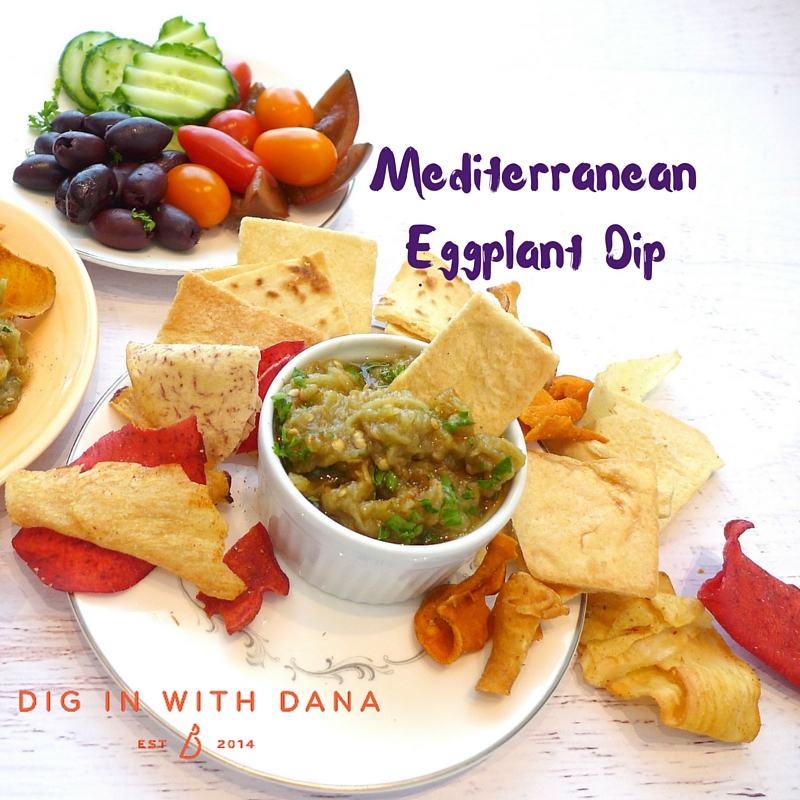
How have you transformed your food blog into a memorable brand?
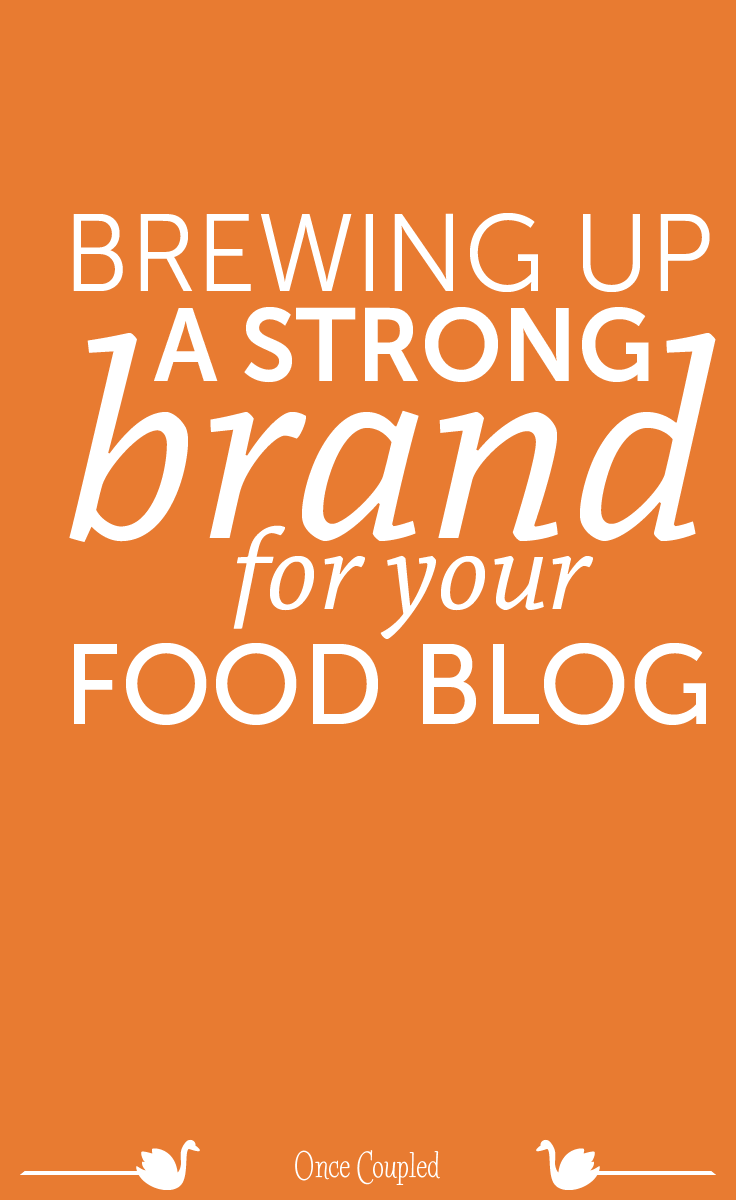

In 2024 we launched new plugin solutions & a templated theme. These tools offer custom development, easier editing & tech optimizations accessible to bloggers of all sizes.

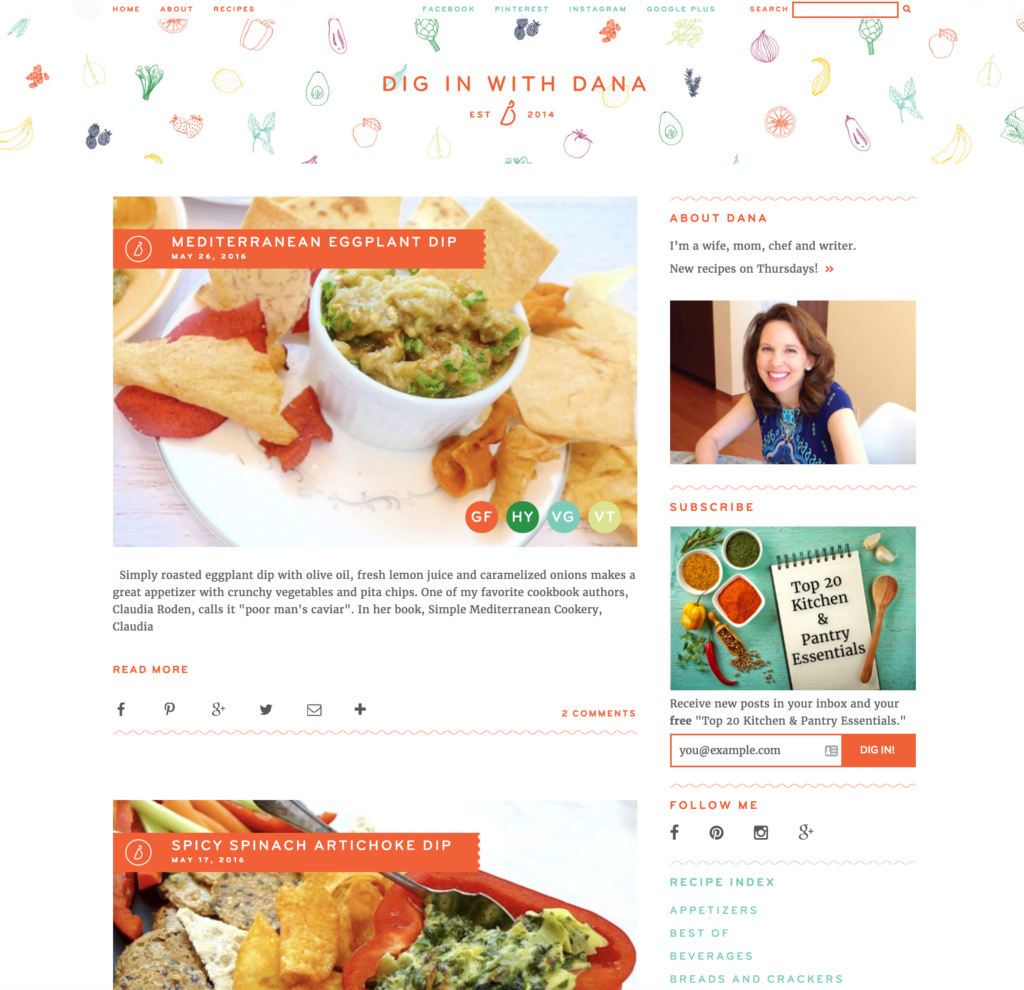
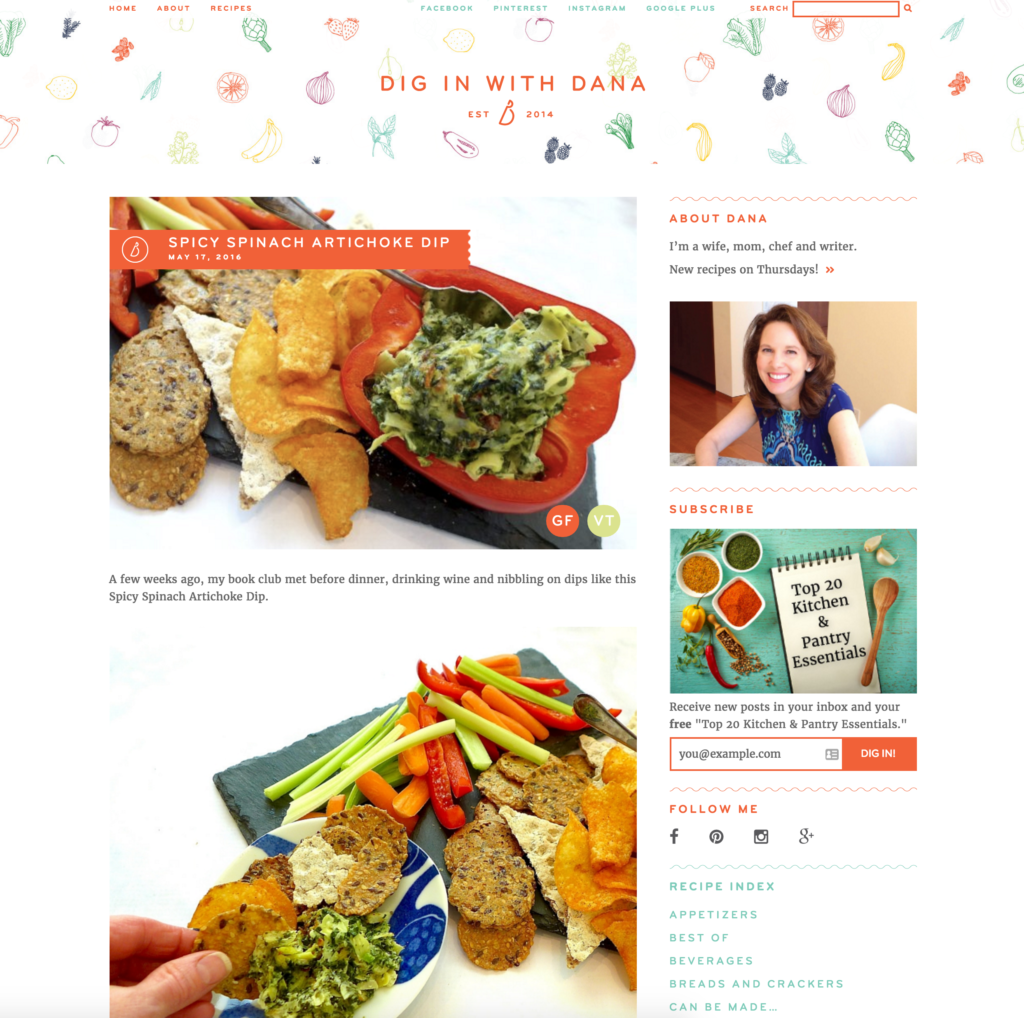
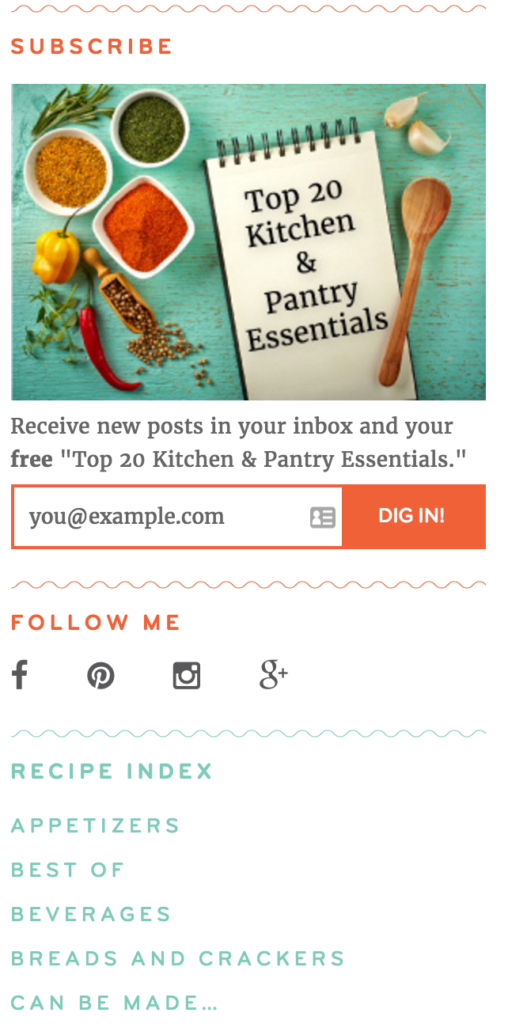

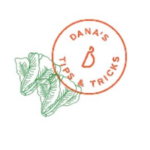
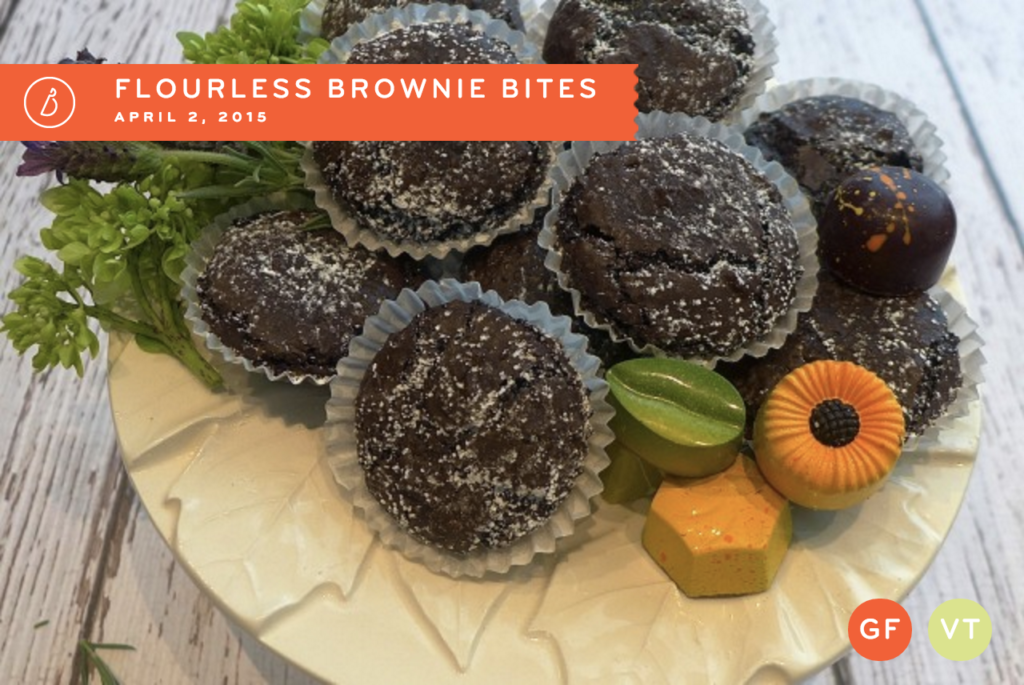
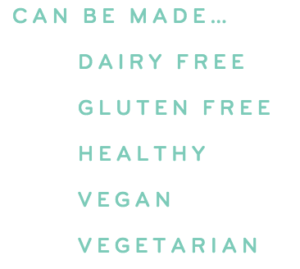

Leave a Reply